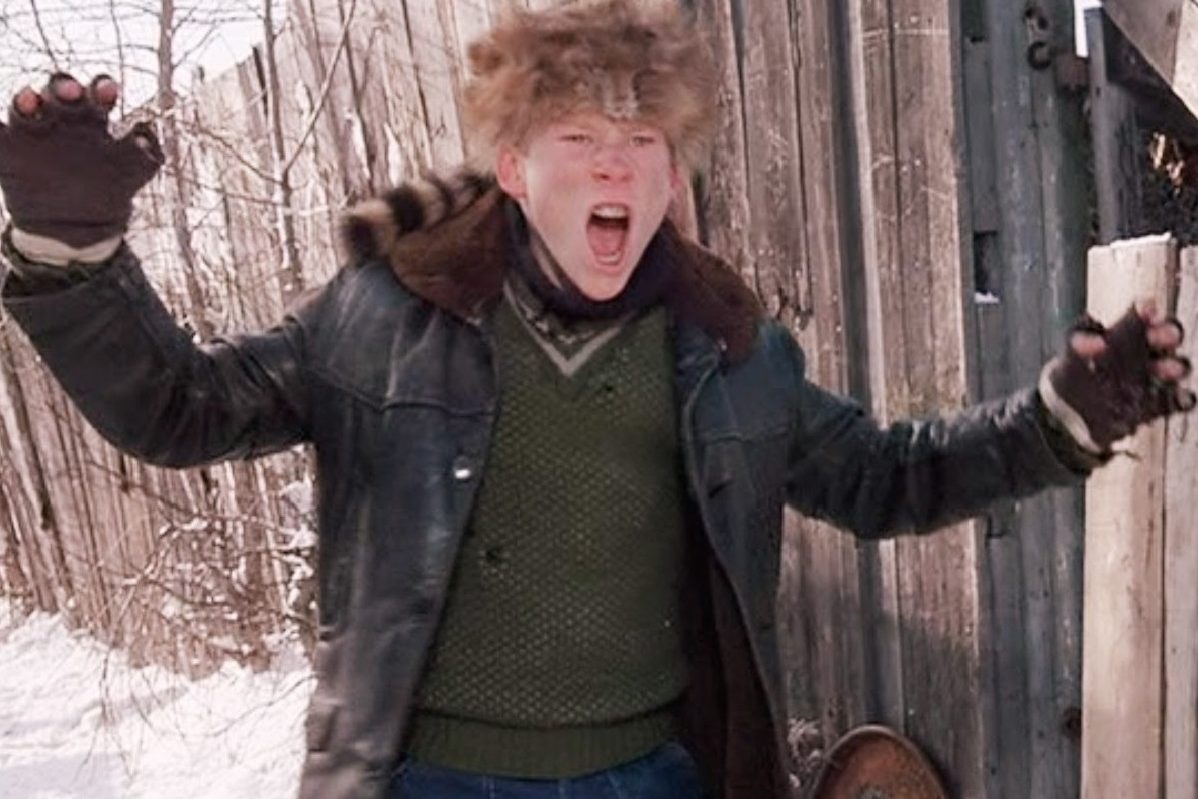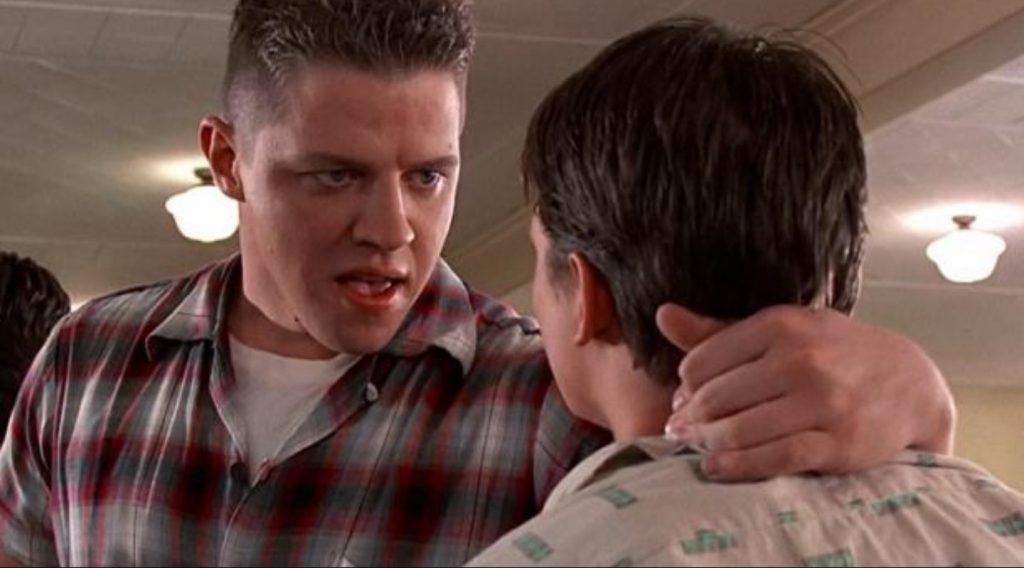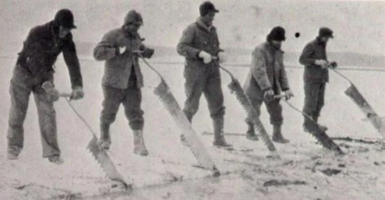Private School vs Public School: Which Has Less Bullying?
Nearly one in five children aged 12 to 18 years old experience and have reported being bullied in schools across the United States according to the 2019 data released by the National Center for Education Statistics. No one wants their child to be bullied and as public schools have becoming increasingly fractured, some parents are looking to private schools as a way to shield their kids from the out of control violence in public school settings. But, are private schools really any better when it comes to bullying? We have the answer.

Nearly one in five children aged 12 to 18 years old experience and have reported being bullied in schools across the United States according to the 2019 data released by the National Center for Education Statistics. No one wants their child to be bullied and as public schools have becoming increasingly fractured, some parents are looking to private schools as a way to shield their kids from the out of control violence in public school settings. But, are private schools really any better when it comes to bullying? We have the answer.
There are many different types of private schools such as religious education, boarding school, settings that are far more unique than at public schools, and with other educational philosophies. Because of the wide diversity in types of private schools, it’s difficult to quantify just how private schools are doing as a whole.
“The limited research on bullying in public and private schools has mixed findings,” says Amanda Nickerson, director of the Alberti Center for Bullying Abuse Prevention at the University at Buffalo—SUNY via U.S. News. “Some studies find no differences, and other studies have found more bullying, particularly physical bullying, in public schools.”
TYPES OF BULLYING

Studies have found that there are five types of bullying in both private and public schools. They are, ordered by the level of damage they do…
- VERBAL – The highest form of bullying. Verbal comments, crude and otherwise, were the most common and one of the more difficult to combat.
- EXCLUSION – The second-highest form of bullying is found to be exclusion. Here students get their bullying kicks by purposely excluding a student from lunches and various school events.
- SPREADING RUMORS – This is the third-highest form of bullying.
- PHYSICAL – This may be a surprise to some who think physical bullying is one of the highest forms of bullying and that sits as the fourth-highest form. It may come down to the fact that bullies have found more effective ways to bully.
- CYBER – Cyberbullying comes in last, but it is nonetheless just as treacherous as the others.
HOW PRIVATE SCHOOLS HANDLE BULLYING
When you compare how private schools address their bullying problem versus how public schools address theirs, some experts say that private schools have a clear advantage over public schools. “Private schools generally have an advantage over public schools in that they have more choice in whom they enroll, and they can exclude or remove students who are disobedient,” says University of Virginia professor and an expert on bullying, Dewey Cornell. “Therefore, private schools have the capacity to exert more control over problems like bullying.”
Private schools typically have a lower teacher-to-student ratio which means there are more teachers for the students to talk to if they are experiencing any bullying issues. Private schools also often use more tried and true methods of discipline, while often Public schools are quick to jump on the latest, unproven discipline fad.
Many parents of private school children get themselves more involved with their child’s school. That makes sense since they have sought a private school for their child’s education, they end up paying tuition, and that apparently levels the playing field. Also, the fact that most private schools require students to wear a uniform takes away one aspect of bullying – clothing.
PUBLIC VS PRIVATE – OVERALL
With the perceived advantages private schools have over public schools, the numbers seen might surprise. It turns out, in fact, that according to bullying is only slightly better in private over public schools.
In research conducted by the University of Northern Iowa ScholarWorks, they found that 59.9% of students polled say they haven’t been bullied in the past couple of months. 5.8% of the students say it happened 2 or 3 times a month. 6.3% claim that they get bullied once a week. Finally, 23.7% stated they have only been bullied only one or two times.
By comparison, 59.3% of private school children say they haven’t been bullied in the past few months while 28.9% say they’ve been bullied a couple of times over the past few months. 4.9% of private school children state that they’ve been bullied once a week.
PUBLIC VS PRIVATE – VERBAL
When looking at the verbal aspect of public school versus private school bullying the study found that public schools had more incidents. Public schools reported 16.9% verbal bullying while 9.7% occurred in private schools. These percentages represent the highest numbers of all the bullying.
PUBLIC VS PRIVATE – EXCLUSION
In public schools, the exclusion form of bullying was at 11.6%. In private schools, they see exclusion as a form of bullying 8.3% of the time.
PUBLIC VS PRIVATE – SPREADING RUMORS
As previously mentioned, spreading rumors is the third highest form of bullying in both schools. On the public side, spreading rumors happen 9.7% of the time while in private schools, they see this form of bullying happen 9.3% of the time.
PUBLIC VS PRIVATE – PHYSICAL
No form of bullying is even remotely acceptable, but the physical form can be extremely damaging. Thankfully, this form is finding its numbers dropping more and more. Both public and private schools reported a mere 2.5% of physical altercations taking place. Great numbers with the hope that they can go even lower.
PUBLIC VS PRIVATE – CYBER
As more kids have access to social media, it stands to reason that cyberbullying would be on the rise. It is. Public school is seeing 8.7% of students reporting cyber-bullying while 2.5% reported this form of bullying in private schools.
IS BULLYING AVOIDABLE?

“Bullying is a ubiquitous social problem seen in nearly all schools, public or private,” Cornell says via U.S. News. “In practice, bullying occurs everywhere, and it is a question of whether school authorities recognize the problem and make a concerted effort to respond to it or ignore it.”
More and more, schools are responding to it. With the rash of school shootings, it’s imperative that they do. The one form of bullying that hasn’t seen a decrease is cyberbullying. Those numbers went up significantly as schools shut down and classes began to take place online, even in private schools.
Yet outside of a school setting, for most people bullying doesn’t exist. Homeschool advocates point out that for almost everyone the only time they’ll experience any violence in their lives is in a school setting. Those homeschool parents often ask why parents choose to send their kids to a place where they know they’ll be abused. Is it really a valuable life lesson? Maybe those parents have a point.
Public school bullying and private school bullying take on many shapes and sizes. Although private schools have better means to curb the issue, they seem to still have their share of incidents. From the numbers reported above however, there’s no denying that public schools continue to see higher incidents. Public schools are clearly the worst when it comes to bullying.



